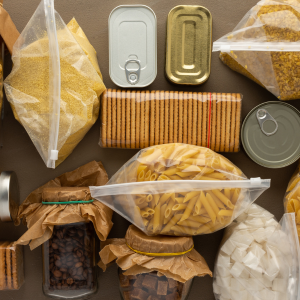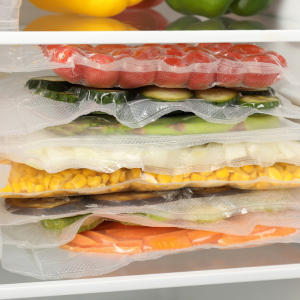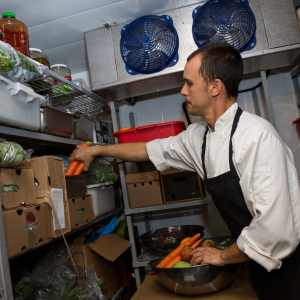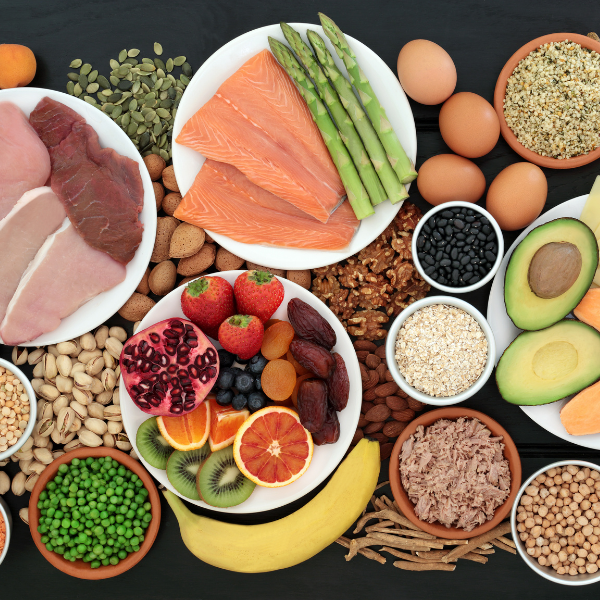Preserving the freshness and quality of culinary ingredients is a universal challenge that restaurants around the globe confront daily. What proactive measures can professional chefs and restaurant managers take to maintain the vibrancy, texture, and taste of their ingredients, ensuring that valued diners always relish high-quality, meticulously prepared dishes whenever they choose to dine? This comprehensive, in-depth guide will share many insightful tips and strategies about the art and science of produce preservation in restaurant settings.
Understanding Produce Preservation Basics
Preservation of produce is an art that involves some basic principles and steps that, when followed carefully, can considerably enhance the longevity, texture, flavor, and nutritional content of a range of fruits and vegetables.

The Importance Of Correct Storage
The journey of preserving produce effectively begins with the heart of the restaurant: the storage area. Determining the ideal types of storage containers, spaces, and environments for different kinds of produce and adjusting these according to changing seasons and fluctuations in the produce supply is absolutely of paramount importance.
Different Storage Methods For Different Produce
Each type of fruit and vegetable has unique and intrinsic requirements, such as particular climatic conditions (temperature and humidity), which decide how they should be most optimally stored. For instance, some fruits and vegetables like apples and carrots love colder temperatures and high humidity, while certain tropical fruits like bananas thrive in higher temperatures and lower humidity.
Impact Of Ethylene Gas
Produced naturally by a variety of fruits, including apples, pears, bananas, and more, during their ripening process, ethylene is a crucial factor in produce preservation. When ethylene-producing fruits are stored with ethylene-sensitive produce, it can cause the latter to ripen and spoil faster than desired. Therefore, understanding which fruits produce this gas and segregating appropriately is necessary for effective preservation.
Rotating Inventory For Optimal Freshness
The art of produce preservation at a restaurant also heavily depends upon how effectively the inventory is managed. Adherence to good practices like using the "first-in, first-out" (FIFO) system ensures that older stock gets used before the new, reducing spoilage and waste. Regular audits and proper organization of stored ingredients are key to maintaining a healthy flow of inventory.
Advanced Preservation Techniques

Adopting advanced preservation techniques can be a game-changer for restaurants seeking to reduce food waste, optimize inventory usage, extend the availability of seasonal produce, and offer fresher, better-tasting dishes to customers.
- Controlled atmosphere storage: To slow down the ripening process of fruits and vegetables, restaurants can adjust the concentrations of oxygen, carbon dioxide, and nitrogen in the storage environment. Implementing this technique can allow restaurants to keep produce fresh for much longer than conventional methods allow.
- Canning and preserving produce: Techniques such as pickling, jam, jelly-making, and creating fruit preserves help extend the lifespan of the produce. This allows restaurants to offer a variety of seasonal fruits and vegetables to their customers throughout the year.
- Vacuum sealing: Characterised by sealing the food item in an airtight pouch to significantly extend its freshness and preserve its flavor and nutritional profile. This dramatically increases the shelf life of produce and other food items.
- Sous-vide: Involves cooking vacuum-sealed food at low, precise temperatures for an extended period. This method locks in the flavors and nutrients, providing a gourmet culinary experience to restaurant patrons.
- Dehydrating: A method that involves removing the water content from fruits and vegetables using a dehydrator. This protects the food from microorganisms that cause decay while also providing a longer shelf-life.
- Freeze drying: A specialized form of dehydration that involves freezing the produce and then removing its water content using vacuum packaging machines. This results in lightweight, preserved foods that retain most of their original nutritional content and rehydrate quickly when needed, proving handy for a busy kitchen.
- Fermentation: This method transforms the very nature of the food, enhancing its flavor and adding to its nutritional richness. Fermented foods like sauerkraut, yogurt, kombucha, kefir, and kimchi offer varied flavors and textures that can add an element of surprise to standard menu items.
- Cryogenic Freezing: Cryogenic freezing or flash freezing involves freezing food rapidly with extremely low temperatures using liquid nitrogen or carbon dioxide. This method prevents the formation of large ice crystals that can damage the food's cell structure, thereby preserving its texture and nutritional content.
The Role Of Food Safety In Produce Preservation
Any conversation about food preservation would be incomplete without mentioning food safety. A critical aspect of maintaining the integrity of preserved food and the reputation of the restaurant, food safety norms must be uncompromisingly adhered to.
Adhering To Proper Hygiene And Handling Practices
Good personal hygiene reduces the risk of food contamination. Regular hand-washing, proper use of gloves, and hygiene protocols should be strictly enforced in the workplace to prevent the degradation of preserved produce.
Regularly Clean And Inspect Storage Areas
Storage areas should be kept clean and monitored for coolness routinely to prevent spoilage and proliferation of pests or microbes. Regular inspections and maintenance also prevent mold development and deter pest infestations, all of which can detrimentally affect produce quality and pose health risks.
Understanding And Maintaining the Cold Chain
The cold chain refers to the temperature-controlled supply chain system crucial to the transport and storage of perishables. Understanding and maintaining the cold chain reduces the risk of foodborne disease and extends the shelf life of fresh produce.
Periodic Staff Training

Regular staff training is like giving the team a toolset to keep our food safe and fresh. It's not just about following rules; it's about staying updated on how to handle, store, and clean things to prevent any mix-ups that could make people sick. When the staff knows the latest guidelines and techniques, it's like having a shield against problems like cross-contamination. This will keep everyone in the loop about changes in the industry.
Regular staff training enhances the team's flexibility and prepares them to tackle new challenges. As the industry evolves, the staff becomes adept at adapting to changes, incorporating the latest technology, and improving communication methods.
This training extends beyond technical aspects to emphasize teamwork and the collective responsibility of each team member. It ensures everyone shares a common understanding of maintaining cleanliness and safety standards. By dedicating time to training, the organization invests in a team that continually improves, creates a better workplace, and ensures customer satisfaction.
Record Keeping For Produce Preservation
Keeping detailed records of preservation methods and techniques, storage temperatures, and expiration dates for preserved produce can go a long way in maintaining overall food safety and helping quickly identify potential issues.
Produce preservation in a restaurant setting is a delicate equilibrium of science and culinary artistry. From understanding basic storage principles to applying advanced preservation techniques, restaurants can not only maintain the freshness and quality of produce but significantly enhance it, reducing waste and leading to substantial cost savings.
Paired with these innovative conservation methods, it's of equal importance that strict standards of food safety be upheld. Ensuring rigorous worker personal hygiene, keeping storage areas in pristine condition, and maintaining the integrity of the cold chain are all crucial to averting any compromise on produce quality.
Preserving Excellence
Successful produce preservation multiplies the chances of offering high-quality dishes, reducing waste, improving cost-efficiency, and raising customer food and dining standards. With these innovative tips and tried-and-tested tricks, restaurant owners, managers, and chefs alike can transform their kitchen into a veritable treasure trove of fresh, vibrant ingredients, ready to conjure up memorable dining experiences.








